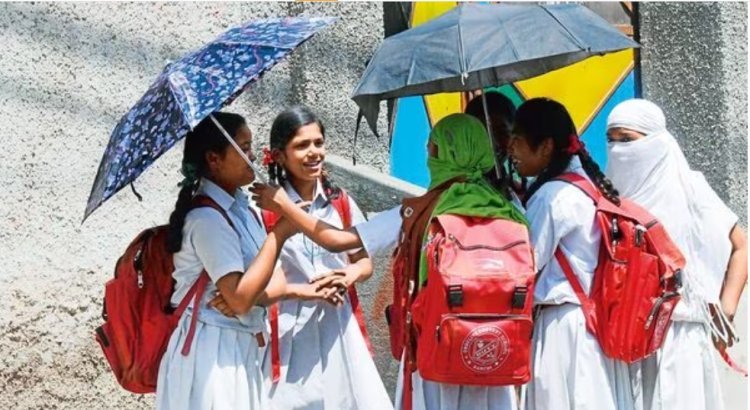Managing the heat wave: a guide
Although heatwaves are seen as local disasters, a more comprehensive strategy will be required due to their growing severity. Compromise comfort can be increased by putting solutions like cool roofs, more vegetation cover, and improved and restored water bodies into practice.

North India's recent temperature spike has raised severe concerns because cities are experiencing extreme and protracted heat. In Haryana-Delhi, Punjab, Uttar Pradesh, Madhya Pradesh, Bihar, Jharkhand, Rajasthan, Odisha, and West Bengal, the maximum temperatures have beyond the usual range by 4–8°C. Heat stress has considerably increased due to rising humidity and warmer nights, particularly in warm-humid and moderate temperate zones. Thus, even at comparatively lower temperatures, it feels significantly hotter.
When the temperature deviates from normal by more than 4.5°C, it is deemed a heatwave; when it does so by more than 6.4°C, it is deemed a severe heat wave. That being said, heatwaves are currently affecting the entire region due to actual maximum temperatures over 45°C. When these intense heat waves last for a long time, they can pose
What's Your Reaction?





















